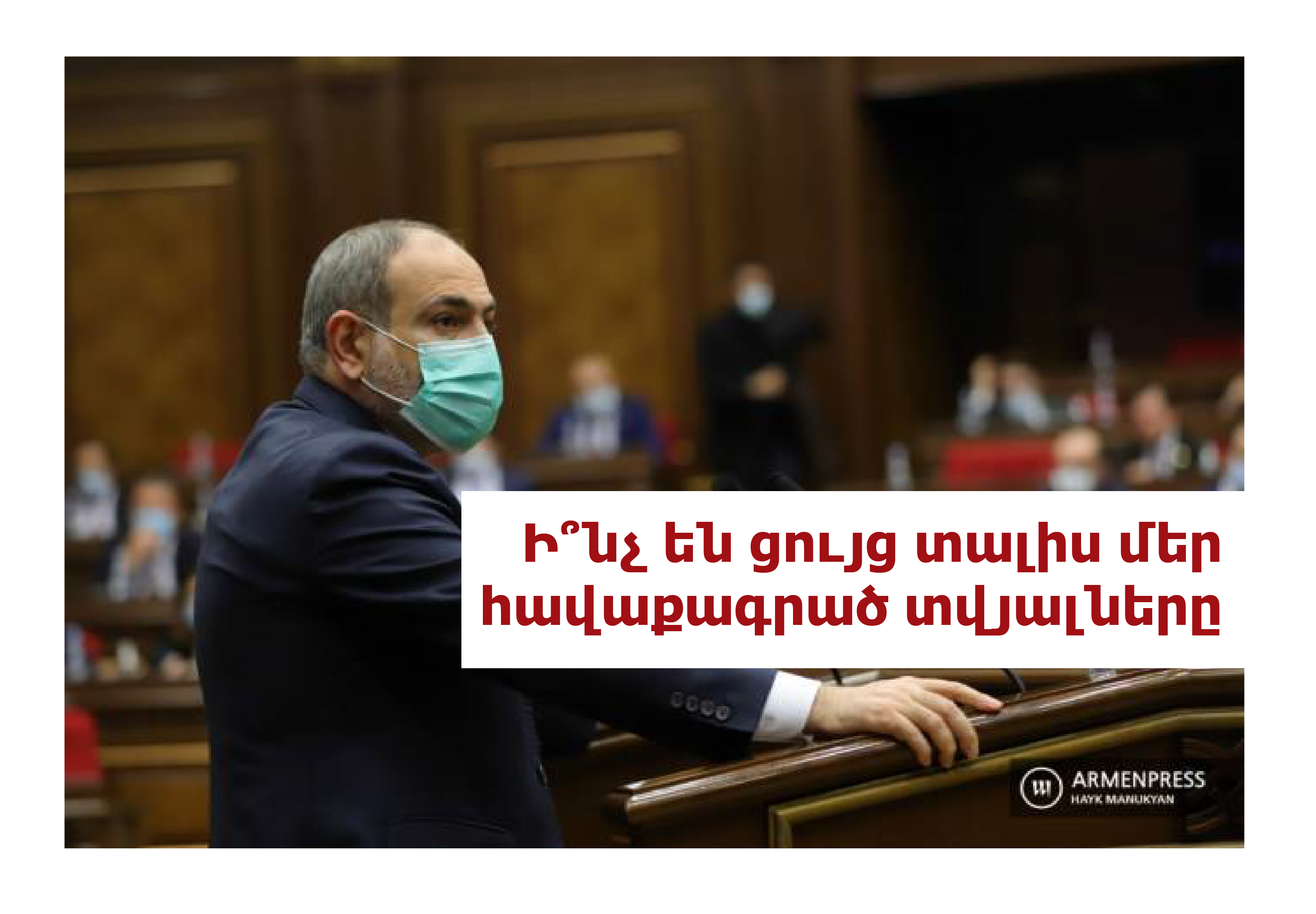
On January 20, during a question-and-answer session between the National Assembly and the Government, Prime Minister Nikol Pashinyan touched upon the issue of prisoners of war in the Second Artsakh War.
In response to the question of the “Bright Armenia” faction MP Gevorg Gorgisyan, he said that for quite a number of years there have always been prisoners from Armenia in Azerbaijan. He also made an announcement about another unprecedented thing.
“Now the number of prisoners is large, but if we look by that logic, during that whole period more prisoners have never been returned to Armenia than were returned after November 9,” he said.
We checked this statement of the Prime Minister of Armenia.
The data we have collected shows that Pashinyan’s statement is wrong
Media.am collected data on the repatriation of persons detained in Azerbaijan in the summer of 2020 from the database of the International Committee of the Red Cross. The purpose of this was to understand the dynamics of border crossings and repatriations of citizens of the conflicting parties after the Karabakh war.
We chose this international, independent and humanitarian organization to collect data, as the repatriations were carried out through their mediation, and the information about them is available on the website in a press release format.
Although the Armenian-Azerbaijani border and the Artsakh-Azerbaijan line of contact have been under the control of the armed forces since the 1994 ceasefire, cases of crossing them have been reported among both civilians and the military. Sometimes it took years to repatriate a person, in some cases, people simply do not return alive.
The data we have collected shows that Prime Minister Pashinyan’s statement of January 20 is wrong and has been manipulated on several points.
A. The issue of repatriation of prisoners was one of the points of the trilateral statement of November 9, 2020. As a result, captives from before the war and those who were captured during it were returned to Armenia.
This was done in the principle of everyone in exchange for everyone. Before that, Armenia did not agree with this principle, despite Azerbaijan’s efforts. The reason was the crime committed by two Azerbaijanis on the Armenian side. In Artsakh, they were serving a sentence for killing a civilian in 2014. After the November 9 announcement, these people had been returned to Azerbaijan.
B. The same phenomena are comparable, so comparing the data of repatriations of peaceful and war situations was a manipulation by Pashinyan.
Regardless, the number of returnees after November 9 is not higher compared to the data of different years.
The largest repatriation of prisoners took place after the establishment of the 1994 ceasefire in 1995-1997. Only one message from the ICRC of 10 May 1996 stated that 109 people had been repatriated.
In addition to these 109 people who are citizens of the three parties to the conflict: Nagorno-Karabakh, Armenia and Azerbaijan, the nationalities of the people are specified in other messages. According to the data we collected, 61 people from the Armenian side were repatriated in 1995-1997. And after the trilateral announcement of 2020, 54 people have returned to Armenia so far.
C․ If we consider what Pashinyan said in the context of the return of people captured in peace, in this case, the unprecedented is also not true.
After 1997, after a three-year hiatus, the repatriation of soldiers and civilians across the border/line of contact resumed. 55 people (including corpses) have been repatriated since the 2000s. 26 of them are from the Armenian side.
Before the 44-day war, only one of these 26 cases was repatriated during Prime Minister Pashinyan’s rule.
So what does it turn out to be?
Only Prime Minister Pashinyan’s statement that some prisoners were held in Azerbaijan for years is true. Indeed, during these years repatriation lasted from a few days to several years.
Although 54 captives returned to Armenia in 2020, new people were captured. At the moment, there is no exact number of people detained in Azerbaijan, but it exceeds 100.
It turns out that Nikol Pashinyan’s statement that “during all this time more prisoners have never been returned to Armenia than they did after November 9” does not correspond to reality. Guided by this logic, we can say that the most Armenian conversion took place after the first war in Artsakh, during the rule of the first president of Armenia.
Arshaluys Barseghyan


Add new comment
Comments by Media.am readers become public after moderation. We urge our readers not to leave anonymous comments. It’s always nice to know with whom one is speaking.
We do not publish comments that contain profanities, non-normative lexicon, personal attacks or threats. We do not publish comments that spread hate.